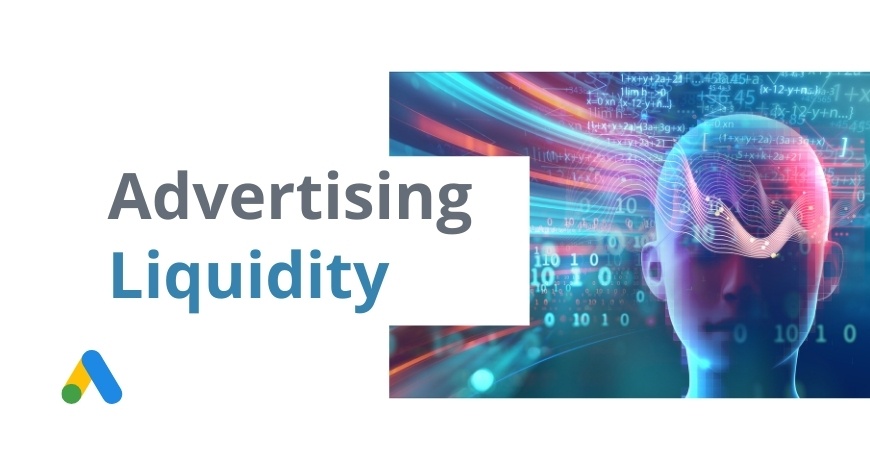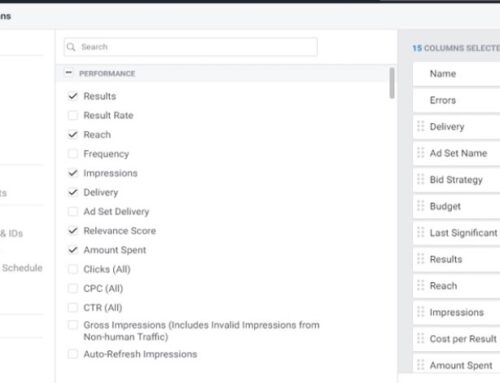Humans vs. machines
‘Even if I become the number one, there is an entity that cannot be defeated.’
These words were uttered by the former Go champion Lee Se-dol, after retiring from professional play, telling media that his decision was motivated by the ascendancy of AI.
Lee, who was then the world’s best Go player for the longest time, initially predicted that he would beat Google’s AlphaGo in a “landslide” and was shocked by his losses, going so far as to apologize to the South Korean public. “I failed,” he said after the tournament. “I feel sorry that the match is over and it ended like this. I wanted it to end well.”
The match ended in 4-1, favored of AlphaGo. This story is just one of the many examples of how smart computers are capable of excelling humans at important tasks.
Rise of machine learning and complex algorithms
Smart computers are way more competent than us in figuring out patterns and trends from big data. For example, Google’s Smart Bidding can figure out the correct bid for each of the millions of data points they have that might lead to a conversion.
The need for a human to manually adjust their campaigns like back in 2012 is long gone. There are still people who tout the Manual CPC method, believing that manually adjusting bids based on day, day of week is useful. They want to adjust bids on a certain gender or age manually, or if that person is in a certain location. What they usually end up with is a load of mess that can barely be managed. This is no longer needed with the rise of machine learning computers.
With Machine Learning, you are allowing the machines to see signals based on small correlations in your big data so that it can set the best bids in real-time and reach your customers effectively while hitting your KPIs.
At the most fundamental level, Machine Learning learns by making decisions live and on historical data. It learns by its successful actions as well as its mistakes. Over time it can accurately sift out correlation and trends in data points of your customers and adjust bids accordingly based on whether the user is predicted to have a conversion.
That being said, do you need to turn off your ads during the wee hours just because you know traffic is at the lowest and nobody is going to convert at 3 am in the morning? The short answer is: you don’t. Google’s machine learning would have figured it out after running for a while and automatically lower your bids during these hours, when most people are sleeping.
Machine learning concepts are way more complicated to be explained in details here. Most marketing and advertising people don’t need to know how it works at the technical level, just like you don’t need to know what is happening beneath the hood of your car to drive around safely.
But we do need to know how it works and what it can do or cannot do. For example, machine learning thrives on making predictions based on historical data. Same with Google’s ML. Smart bidding uses these methods to make intelligent decisions on auction time (when somebody performs a search that can trigger an ad.)
We, as human marketers, can excel at using these machines for the benefit of our clients. First, you need to know how it works. Then you can operate it toward your client’s successes. One thing we can do better than machines is that we can give them a “macro-goal.” For example, to hit a CPA of $50 for a school application lead or 500% return on your e-commerce store.
With these goals set in place, Google’s ML goes to work into the “micro” by looking at patterns within huge data sets of your customers and try to accurately predict when a user is likely to convert or not.
Quality ad assets for machine learning
I like to discuss another thing which is ad assets. Note I am referring to ad assets and not ads themselves. I come to believe that we, as marketing and ads people, are slowly trending towards being masters at pushing small assets into the system while letting Google’s ML do the “building” of the ads.
We are essentially saying, “Hey Google, here are some premium, high-quality parts I have. Build me a good robot with it.” In this case, the robot is the ad in its completed form.
With the rise of Responsive Search Ads, Shopping Ads, Responsive Display Ads, this is essentially what we are doing. No longer are we saying, “I want my ad to look this way or that way.” Instead, Google may find that listing your benefit first followed by features leads to a higher performance of your ads for this user, but for another user, it may think that putting the price upfront may lead him to convert.
A human would require multiple a/b tests to find out. Even so, what he can do is restricted compared to the power of Machine Learning.
Machine learning does the same but in scale and within a fraction of the time. It creates tens and even hundreds of ad variations with the assets it’s given and finds out the best and worst-performing ones.
Providing liquidity is very important to allow ML to work at its best, as we can cover in the next segment.
Liquidity in PPC environment
Currently, Google strongly favors advertisers to switch out to broad matches when they use any smart bidding strategy. This means that if you have anything other than Manual CPC as your bid strategy, you should always use broad match keywords. At least, this is what Google is advocating. Now, many advertisers would vehemently disagree and say that Google is just trying to make money by letting you appear on more irrelevant searches. Unfortunately, these people have a basic understanding of the new advertising landscape and how the rise of smart computers is working for us, not against us.
Do I agree with this move by Google? I am standing in the middle on this. I believe if you are on a comfortable budget, you should swap to broad match keywords. For small advertisers, stick to mainly phrase match and look to transitioning to broad slowly. Once again, the smart algorithms have only one goal, and that is to achieve the goal you (as a human) set out for it to do. If it can’t, then it has failed its job. If it can, then it has succeeded and will take note of this in future ad auctions.
The reason why I prefer small budget clients to stick to mainly phrase match is because, while Google’s ML will eventually learn which search queries leads to conversions and which do not, there is probably an initial period early on, where you as a small advertiser will spend cash for Google to learn and make mistakes. Fortunately, Google will not keep making these mistakes, but they will for the initial period until it gets a hold of your business.
That being said, moving from tighter match keywords to broad match actually helps increase liquidity in the PPC auctions. Without liquidity, ML have a hard time learning. So relax on the restrictions you place on your account, and only place it when absolutely necessary and as a way to hasten the learning period of Google’s ML.
For example, if you sell financial services, you generally target people with income. In your demographic, you may exclude persons below 18 as you find that most of them are not yet in the job market. This is a good way to guide the machine toward your goals. But if example, you sell something generic for all ages, and you decided that because age 45-55 demographic is not responding to your messages, excluding them is good. However, this is not ideal. There will still be a minority in the 45-55 group that would be your customers. And Google’s ML would have figured it out and reduce your bidding and ad exposure towards these groups of people.
In summary
The human role of PPC is changing. What we need to do now is to guide the machines toward our client’s goals, and not to interfere with the machines unnecessarily. There are things that it does better than humans, such as real-time bidding and looking for patterns within large data sets.
However, it still needs valuable human inputs such as ensuring the best ad assets are fed and continually optimized. Ad messaging, goal setting, and just overall watching over the machine to make sure it is doing the right things.
Leveraging on Machine Learning in Google Ads is the only way to thrive. Humans must guide machines like how a pilot watches over a plane on autopilot, stop trying to “beat” them or resist them when they are in fact on the same team as us.
To close out this length post, here’s another article about a more recent accomplishment of Google’s DeepMind.
This is a news article published in 2019 by Nature. DeepMind’s AlphaStar beat all but the very best humans at the fast-paced sci-fi video game. AlphaStar has achieved a grandmaster rating in an online game StarCraft II, after it was unleashed on the game’s European servers, placing within the top 0.15% of the region’s 90,000 players. Furthermore, the artificial algorithm has managed to beat the world’s best players in a fraction of the time that the players took to master.
And in same article, I quote, “In StarCraft II, experienced players multitask by managing resources, executing complex combat maneuvers and ultimately out-strategizing their opponents. Professionals play the game at a breakneck pace, making more than 300 actions per minute. The machine-learning techniques underlying DeepMind’s AI rely on artificial neural networks, which learn to recognize patterns from large data sets, rather than being given specific instructions.”
Even though an online game has no direct correlation to the real-life business of PPC, let us use this example as a reminder to stop hindering our ML with human-induced limitations and let it do what it is best at.





